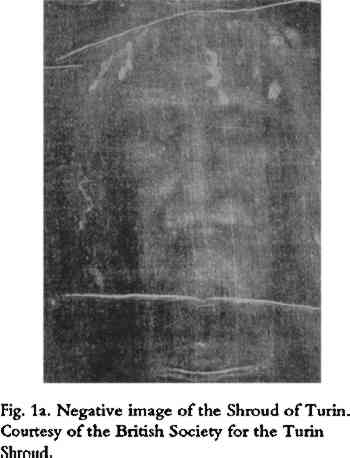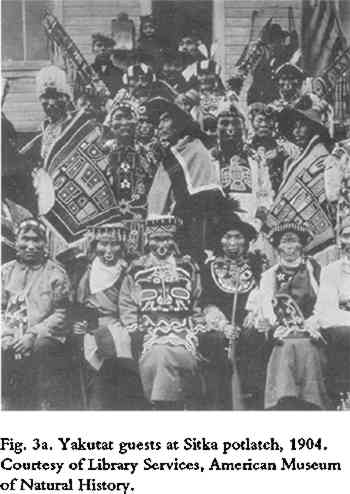THE ROLE OF CONNOISSEURSHIP IN DETERMINING THE TEXTILE CONSERVATOR'S TREATMENT OPTIONS
PATSY ORLOFSKY, & DEBORAH LEE TRUPIN
2 FACTORS AFFECTING TREATMENT
2.1 TYPE OF TEXTILE
The first factor guiding the decision to treat is the type of textile. The field of textile conservation consists of distinct subgroups: conservation of tapestries; costumes; religious and ecclesiastical textiles; archaeological and ethnographic textiles; rugs; upholstered objects; quilts and coverlets; flags; historic document textiles; and household and domestic textiles. Each subgroup has its own conservation customs that have developed sometimes in isolation from the historical perspective of the other subgroups. These customs are based primarily on the long-standing tradition of care of the textiles in that group and on the inherent strength of those textiles to withstand restoration or conservation. What is accepted as standard practice in one of the subgroups may be considered backward in another. Today each subgroup has a conservation approach based on a collective body of knowledge that its initiates understand and continue to develop. Therefore the first factor in deciding on a textile conservation approach comes from knowing the customs of the subgroup.
2.2 CONNOISSEURSHIP BIAS
A second factor, more elusive and impressionistic, is derived from issues of connoisseurship. Connoisseurship is usually viewed as a component of a curator's function, but conservators who specialize in treating certain objects have also added a great deal to their own particular knowledge. They have deepened their specialty as a result of their contact with scholars, dealers, knowledgeable collectors, auction house professionals, researchers, and museum curators. Such authorities make sharp observations, are capable of meticulous technical analyses, and have keen memory for comparative material.
Through association with these specialists, the conservators' knowledge and appreciation of the textiles is promoted. In synthesizing all of this material, they are forced to think about iconography, rarity, chronology, aesthetics, authenticity, and various arcane points of technique. And so the conservator begins to be guided by a wider set of views that affect interpretation and treatment choice.
The way connoisseurship affects treatment decisions may be described as “connoisseurship bias.” It can be divided into six elements:
- the awe with which a textile is regarded at the time of conservation. One category of objects that triggers awe is religious artifacts. The Shroud of Turin (fig. 1a), for example, belongs to the select category of most awesome objects, to which believers attribute miraculous powers. A shaman's devil doll (fig. 1b) is a repository of magical and spiritual power. But it is not only religious associations that evoke awe. The shirt that the Lindbergh baby wore at the time of his kidnapping and death affects us because it elicits a kind of grisly awe.
- the shifting perception of a textile's cultural significance. The meaning of an artifact can change in response to changes in society, taste, or styles. The rugs in Freud's study are removed from their original context and take on a new identity (fig. 2). A Chilkat blanket was removed from its original cultural environment to a museum, where it was displayed as an art object and consequently decontextualized (fig. 3). Today it is reinterpreted to include the cultural context of the potlatch ceremony. Similarly, a mounted Indonesian cloth may regain recognition as Sumba tribal clothing.
- the perennial desire for recapturing original appearance. Aging of textiles can cause drastic visual changes. For those familiar with original condition, this can be unacceptable and inevitably raises the issue of restoration.
- the effect of the marketplace on the textile. Historically, the marketplace has promoted restoration, and it continues to do so. For some damaged textiles, restoration increases their market value.
- the influence exerted by the owner or custodian. An art museum and a history museum will interpret the same object differently. Private owners may have even more varied interpretations. When the owner is a dealer, the conservation goals may diverge even further from those of a museum.
- the concern of aesthetics, encompassing the history of appearance factors and taste and the role of patina. For some, shabby is cozy and beautiful. For others, only proper formal surroundings provide the appropriate backdrop for a textile. While an archaeological textile is considered beautiful in its fragmentary state (fig. 1c), the domestic textile in the same state is unacceptable and is expected to be starched, pristine, and whole.
Fig. 1.
The impact of awe and the shifting cultural significance of religious textiles, archaeological and ethnographic textiles, historic document textiles, and cultural icons tends to limit treatment options. Examples of such pieces are the Shroud of Turin (fig. 1a), a Coptic fragment (fig. 1c), a Shaman's Devil doll (fig. 1b), and the fabric tutu on a Degas statue of a dancer (fig. 1d).
 |
Fig. 2.
The rugs in Freud's study were removed from their original cultural context (fig. 2a) as beautiful but functional floor coverings to become historical artifacts associated with the setting for the development of psychoanalysis (fig. 2b).
 |
Fig. 3.
When the Chilkat blanket was removed from its original setting (fig. 3a) to a museum, it was displayed as an art object and consequently decontextualized (fig. 3b). Today it is reinterpreted to include the cultural context of the potlatch ceremony.
 |
|


